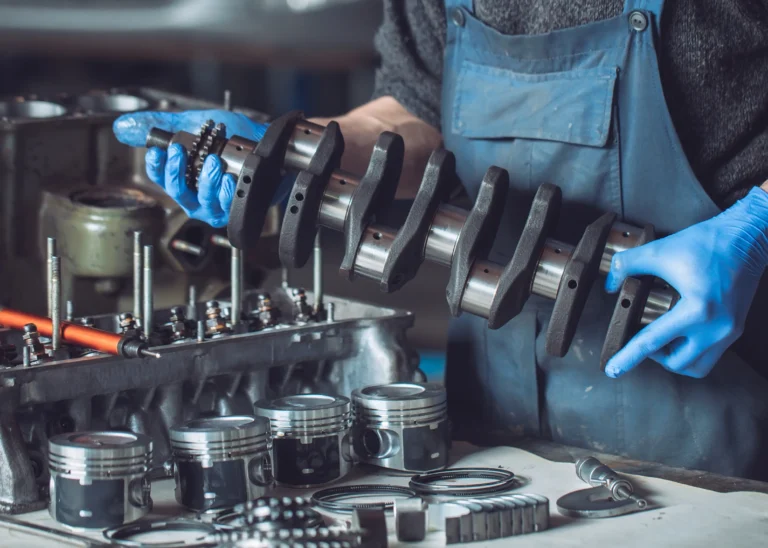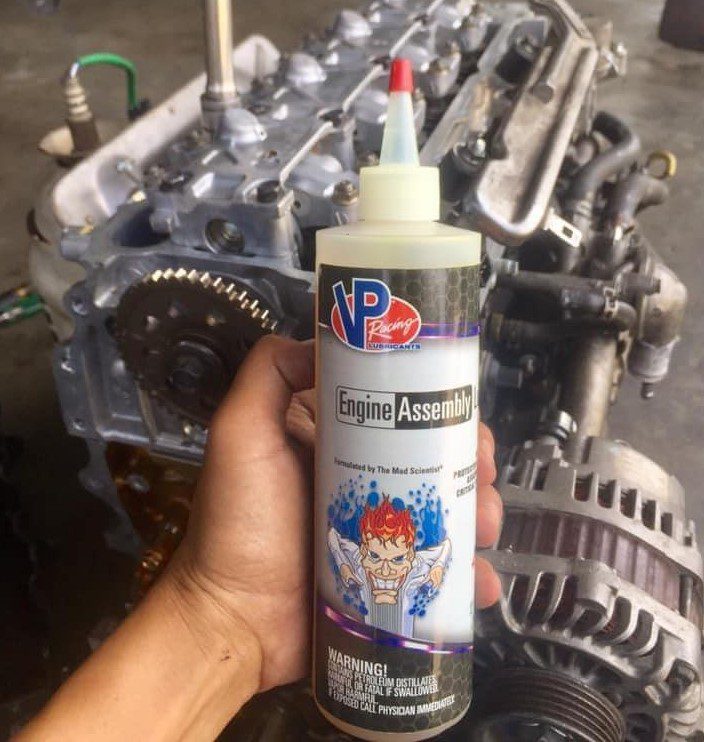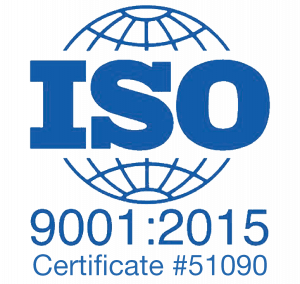
Estimated reading time 9:30
What Does Assembly Lube Do?
Here are some of the many critical tasks it must perform:
-
-
Prevent Metal-to-Metal Contact – Helps prevent metal parts from coming into direct contact. This reduces risk of wear and damage during the initial start-up.
-
-
-
Lubricate Moving Parts – Provides lubrication to moving parts, reducing friction and wear during the initial start-up. This allows smooth and efficient operation of engine parts.
-
-
-
Provide Corrosion Protection – Helps prevent corrosion. It creates a barrier between metal surfaces and the environment. Thus, it preserves the integrity and longevity of mechanical parts.
-
-
-
Keep Parts Clean – Helps keep mechanical parts clean and free of contaminants. Doing so reduces the risk of damage or failure caused by particles that can become lodged between moving parts.
-
-
-
Reduce Break-In Time – Reduces the time required for parts to break in and operate smoothly. It improves overall efficiency and performance in mechanical systems.
-
If the lube does not dissolve readily, the motor oil won’t be able to flow evenly throughout the engine. It could cause damage or wear to parts that aren’t properly lubricated. Because it dissolves quickly in engine oil, assembly lube ensures the engine has plenty of lubrication from the start. It reduces the risk of damage while promoting a longer lifespan for the engine.
Product Myths & Misconceptions
-
-
It’s unnecessary – Some think you don’t need it. They believe the the engine will receive oil once it starts running. But, engine assembly lube is critical. You need it to protect engine parts during the initial start-up phase, which can cause the most wear and tear.
-
-
-
You can just use any oil – Many people feel you can use any oil, such as motor oil or gear oil, in its place. That’s not true. They make assembly lube to effectively provide the proper protection and viscosity needed to lubricate engine components during start-up.
-
-
-
It will harm the engine – There’s a belief that the lube can clog oil passages or leave a residue that will harm the engine. That’s not true. It’s designed to dissolve readily in motor oil and not damage the engine.
-
-
-
You only need it once – You need to use it each time you disassemble and reassemble an engine. Also, use it during regular engine maintenance.
-
-
-
It’s too expensive: On the contrary. It’s very affordable. Compare the price to the cost of repairing or replacing damaged engine parts. Engine lube is a worthwhile investment.
-
What Is the Best Assembly Lube for Engines?
-
-
Petroleum-based: Made from petroleum base oils. Generally used for short-term protection during engine assembly. Petroleum-based lubes provide good protection during start-up. But, itcan break down and lose effectiveness over time.
-
-
-
-
Pros – Inexpensive, available everywhere, and provides good short-term protection during start-up.
-
-
-
-
-
Cons – Breaks down over time. Can be messy and difficult to clean up. May not provide the same level of protection as other types of assembly lubes.
-
-
-
- Synthetic: Made from high-quality synthetic oils. Provide better protection and longer-lasting performance than petroleum-based lubes. Synthetic formulas are also more resistant to heat and oxidation, and other factors that can break down traditional motor oil.
-
-
-
Pros – Long-lasting protection & more resistance to heat and oxidation. Less messy + easier to clean up compared to petroleum-based assembly lubes.
-
-
-
-
-
Cons – More expensive than petroleum-based assembly lubes. May not be available everywhere, and may not be suitable for all types of engines. Doesn’t have the same cling ability as an engine lube made from a stout petroleum base oil.
-
-
-
-
Engine Assembly Grease: Is there a difference between assembly lube vs grease? Yes. Grease-based lubes are thicker than other assembly lubes. These lubes are usually made from grease and other ingredients. Grease lubes provide excellent protection and adhesion. They’re ideal for components requiring long-term protection, such as bearings and camshafts.
-
-
-
-
Pros – Excellent protection and adhesion. Long-term protection. Can be used on various engine components.
-
-
-
-
-
Cons – More difficult to apply. Can clog oil passages if not properly used. May be more expensive than other assembly lubes.
-
-
How to Apply & How Much Engine Assembly Lube To Use
-
-
Use the recommended amount – Refer to the manufacturer’s instructions for the recommended amount to use. Different engines and components may need different amounts.
-
-
-
Use the correct application technique – The recommended application technique depends. What type of lube are you using? What component are you lubricating. Most apply lube by brushing, spraying, or dabbing the product onto engine parts.
-
-
-
Clean the components before applying – Clean them thoroughly before applying your engine lube. This ensures it adheres well and provides adequate protection. We recommend you use a solvent. Brake cleaner and carburetor cleaner are good choices. They’ll both do a good job removing any grease, oil, dirt, or other contaminants. Contaminants can interfere with the adhesion and performance of the lube. Be sure to thoroughly clean and dry the components before applying the lube.
-
-
-
Apply to moving parts – Focus on applying the product to moving parts. This includes things like bearings, camshafts, and rocker arms. This provides the greatest protection during start-up.
-
-
-
Reapply if necessary – If you leave the engine disassembled for an extended period, reapply the lube. This guarantees ensure it remains in place and provides adequate protection.
-
-
-
Avoid over-applying – Over-applying the product can clog oil passages and impede oil flow. Be careful to use only the recommended amount.
-
What Engine Parts Need Lube?
Where do you apply engine lube? To any new or freshly machined engine parts that are prone to wear during the start-up phase of an engine. Some of the common parts you lubricate include:
-
- Bearings, including main and connecting rod bearings
- Camshaft and lifter faces
- Piston skirts and wrist pins
- Rocker arm and pushrod tips
- Timing chain and gears
- Valve stems and guides
- Cylinder walls and piston rings
During engine assembly, it’s important you apply the lube to all relevant parts. Doing so provides adequate protection. It also prevents damage from occurring during the initial start-up phase.
As a side note, if you’re new to engine building, here’s a good article about must-have engine assembly tools you need.

VP Engine Assembly Lube

